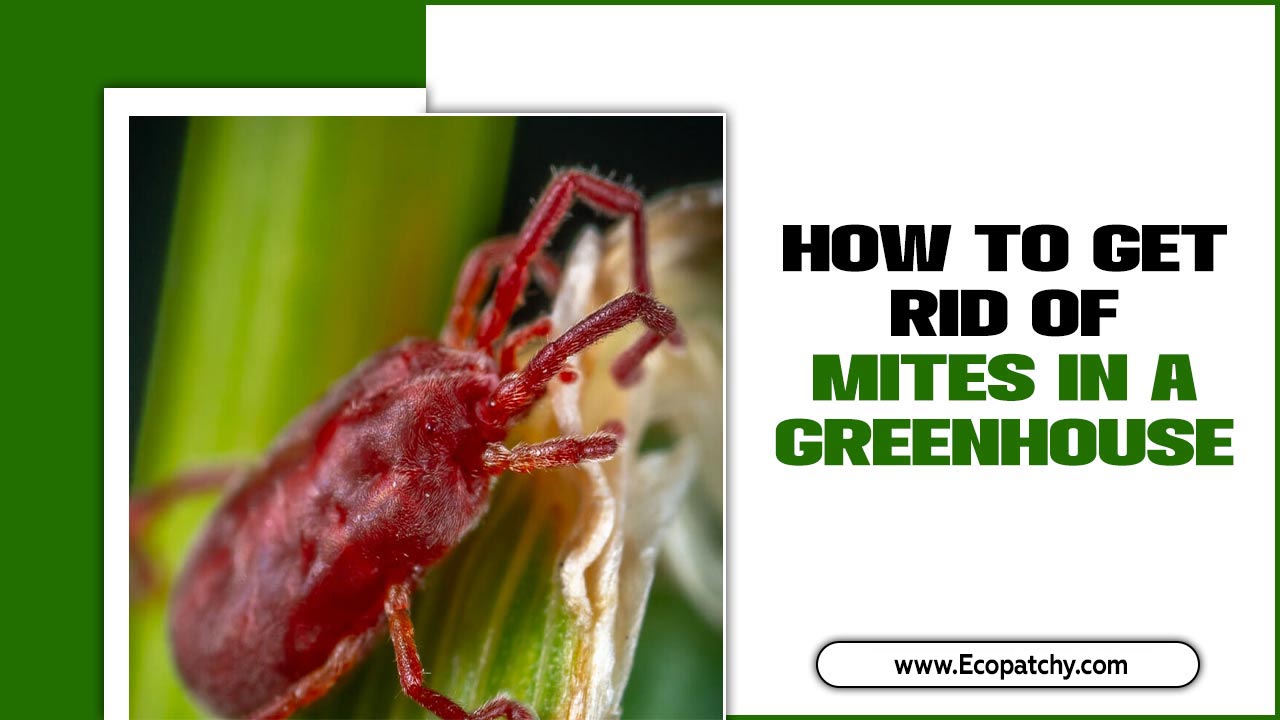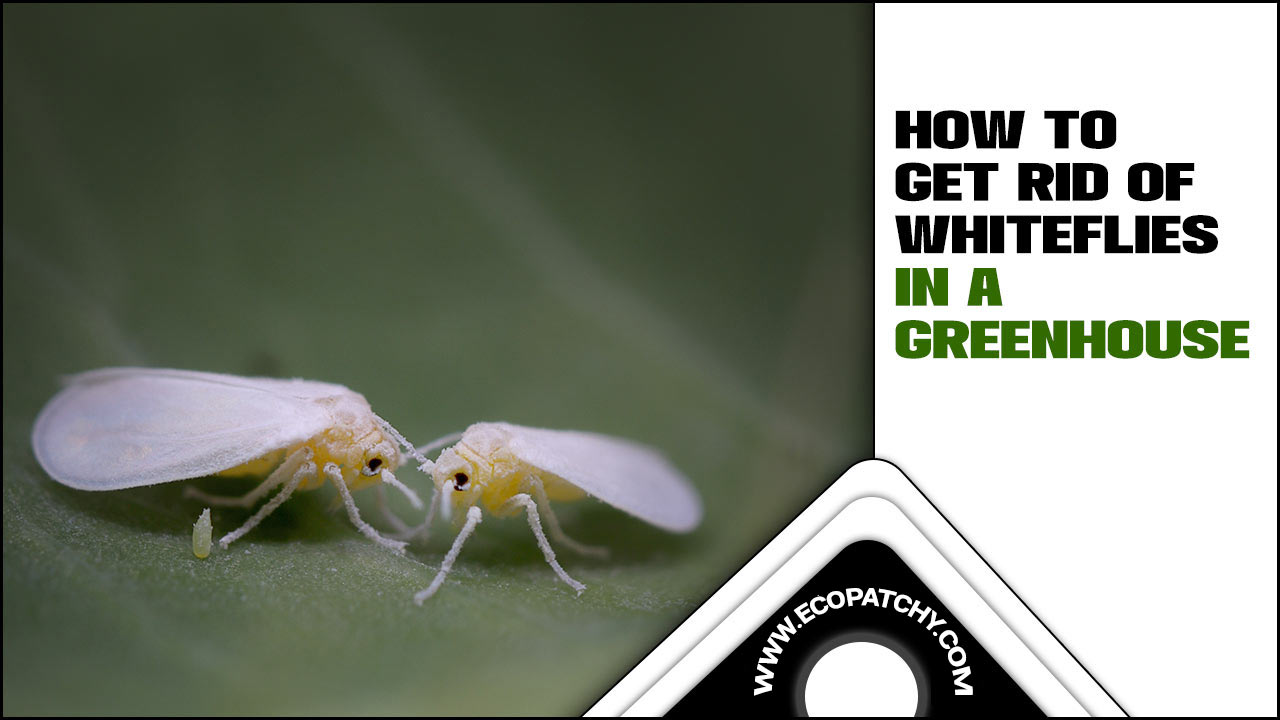Maintaining a healthy and thriving greenhouse is essential for any avid gardener or plant enthusiast. However, one common problem that can hinder the growth and health of plants is the presence of scale.
These tiny, sap-sucking insects can quickly infest a greenhouse and cause damage to plants if left untreated. With their hard, protective shells, scale can be notoriously difficult to eliminate. But fear not, as there are effective methods for eliminating scale in your greenhouse.
We will explore various techniques for how to get rid of scale in your greenhouse. We will provide information on How to prevent scale infestations in a greenhouse. So, if you’re tired of dealing with these pesky pests, read on and discover how to eliminate scale in your greenhouse effectively.
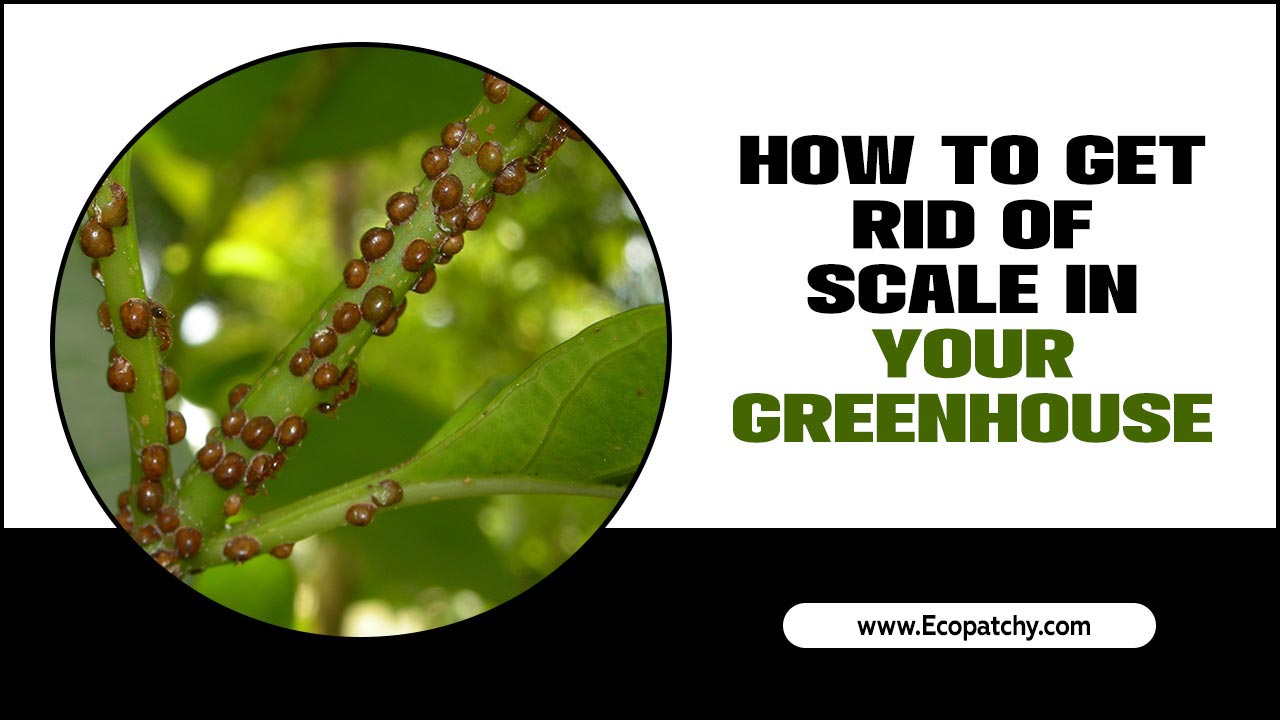
What Is Scale On Plants?
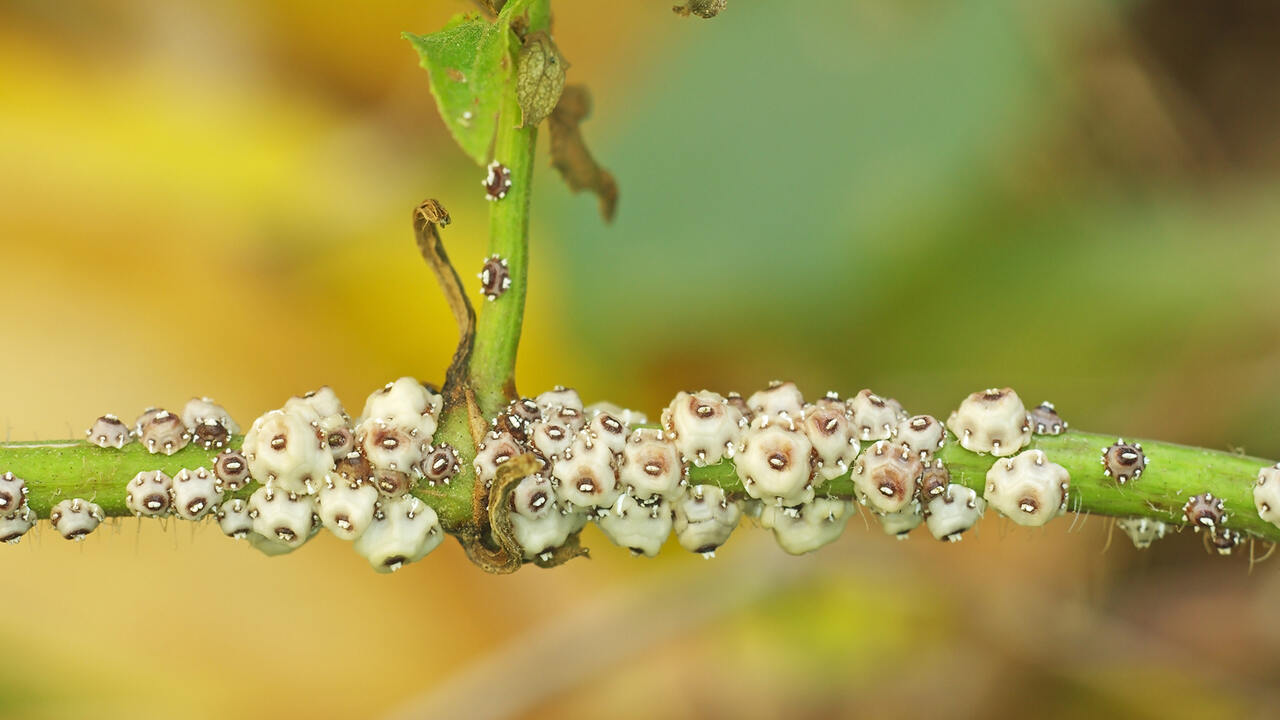
Scale on plants refers to a common pest problem that affects various types of plants, including ornamentals, fruit trees, and houseplants. Scale insects are small, immobile creatures that attach themselves to the stems, leaves, and branches of plants, sucking sap from them.
They are named after the protective scale-like covering that they secrete, which serves as a shield against predators and environmental conditions. Scale insects can be easily identified by these scales, which can vary in colour and size depending on the species.
While some scales may appear as small bumps or waxy spots, others can be larger and more noticeable. Infestations of scale insects can cause significant damage to plants, as they weaken them by depriving them of essential nutrients and water.
How To Identify Scale On Your Greenhouse Plants
In the realm of greenhouse gardening, a crucial skill to possess is the ability to identify the scale of your plants. Scale insects, or armoured scales, are small pests that can wreak havoc on greenhouse plants if left undetected and uncontrolled. These tiny insects attach themselves to the leaves, stems, and branches of plants, feeding on the sap and weakening the overall health of the plant.
- Look for small, oval-shaped bumps or shells attached to the leaves, stems, or branches of your greenhouse plants.
- Check for a sticky residue or honeydew secretion on the foliage, as scale insects often produce this substance.
- Examine the plant for yellowing or wilting leaves, as scale infestations can cause damage to the plant’s vascular system.
- Use a magnifying glass to inspect the plant closely and look for tiny, crawling or immobile insects.
- Tap the affected area gently and observe if insects or scales fall off.
- Keep an eye out for ants, which are often attracted to and protect scale insects.
- Monitor plant growth and development, as scale infestations can stunt or distort plant growth.
- If you suspect scale infestation, isolate the affected plant to prevent the spread of the pests to other greenhouse plants.
- Consult with a horticulturist or plant expert for proper identification and treatment options for scale insects on your greenhouse plants.
Which Plants Are Vulnerable To Scale Insects?

Scale insects, a common pest in many plant species, can cause significant damage if not promptly identified and controlled. Understanding which plants are particularly susceptible to these pests is an essential aspect of effective pest management. Certain plant species are known to be more vulnerable to scale insects than others.
Scale insects often target ornamental plants such as camellias, hollies, and citrus trees due to their attractive foliage and sap-rich tissues. Additionally, fruit trees like apples, peaches, and pear trees are prone to infestation. On the other hand, plants with thick or waxy leaves, such as succulents and some conifers, are less susceptible to scale insect attacks.
How To Get Rid Of Scale In Your Greenhouse – 7 Ways
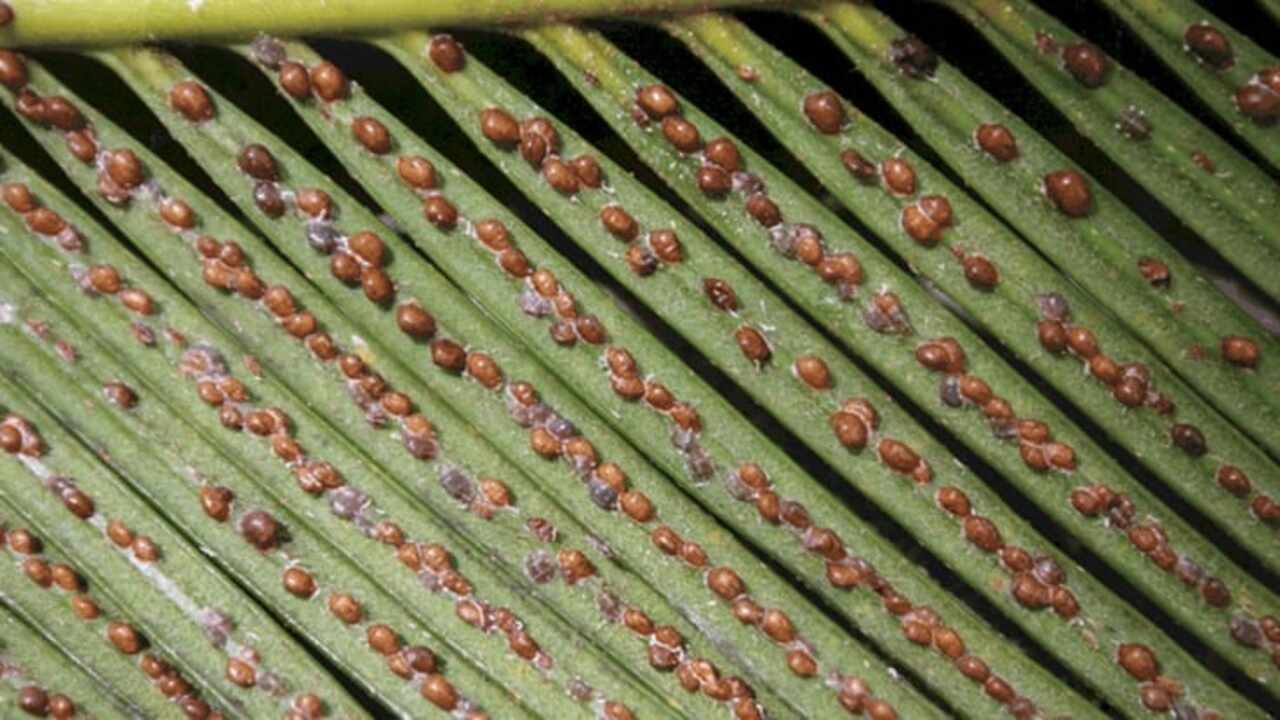
Knowing how to get rid of scale in your greenhouse is of utmost importance for maintaining a healthy and thriving environment for your plants. Scale insects, commonly known as scales, are small pests that feed on the sap of plants, causing damage and stunting growth.
They can quickly multiply and infest your greenhouse, leading to significant losses in plant productivity and quality. Understanding how to identify and effectively eliminate scale infestations is crucial for preventing the spread of these pests. Scales are often mistaken for harmless bumps on plant stems or leaves, making them easy to overlook.
1.Use Insecticidal Soap
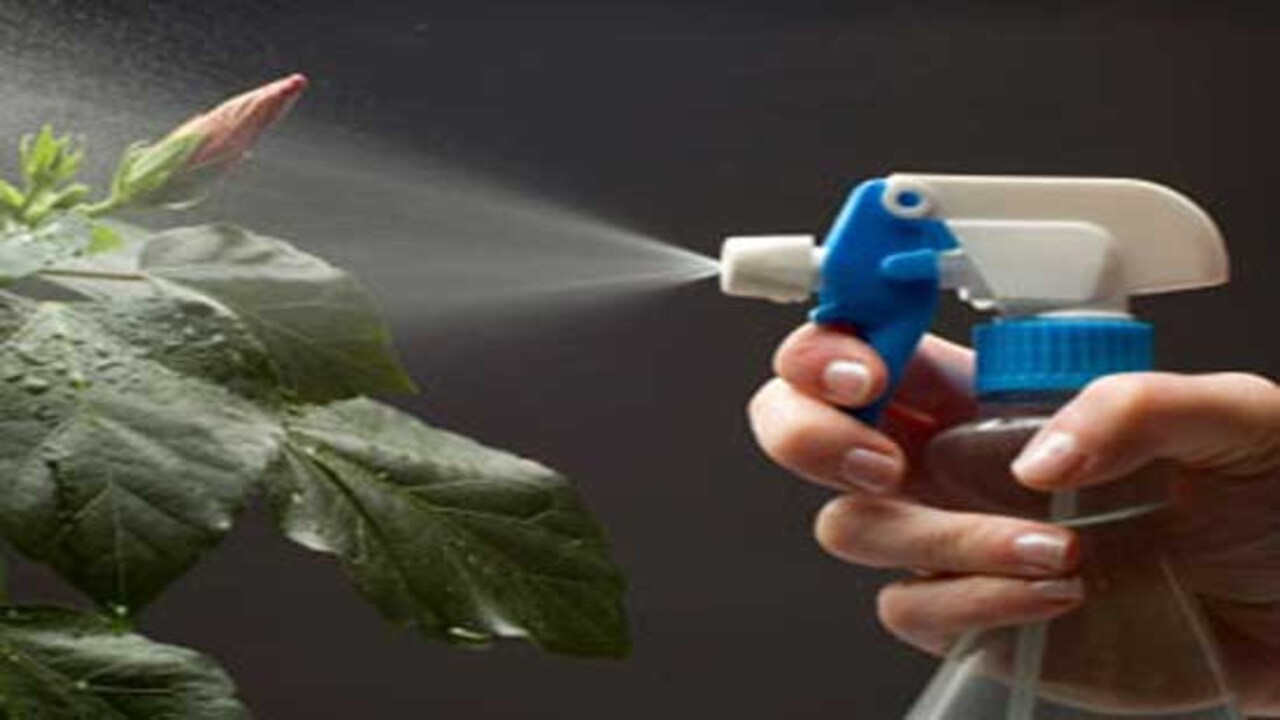
To effectively manage and maintain a healthy greenhouse environment, it is crucial to address any potential pest infestations that may arise. One common nuisance that greenhouse owners often encounter is the presence of scale insects.
These tiny pests are known for their ability to attach themselves to the leaves and stems of plants, causing damage and hindering their growth. Fortunately, there is a simple solution to combat this problem: insecticidal soap. Regarding eliminating scale in your greenhouse, using insecticidal soap has proven highly effective.
This specially formulated soap is designed to target and eradicate a wide range of pests, including scale insects. Its active ingredients disrupt the cellular membranes of these pests, leading to their demise without causing harm to the plants or the environment.
2.Introduce Beneficial Insects
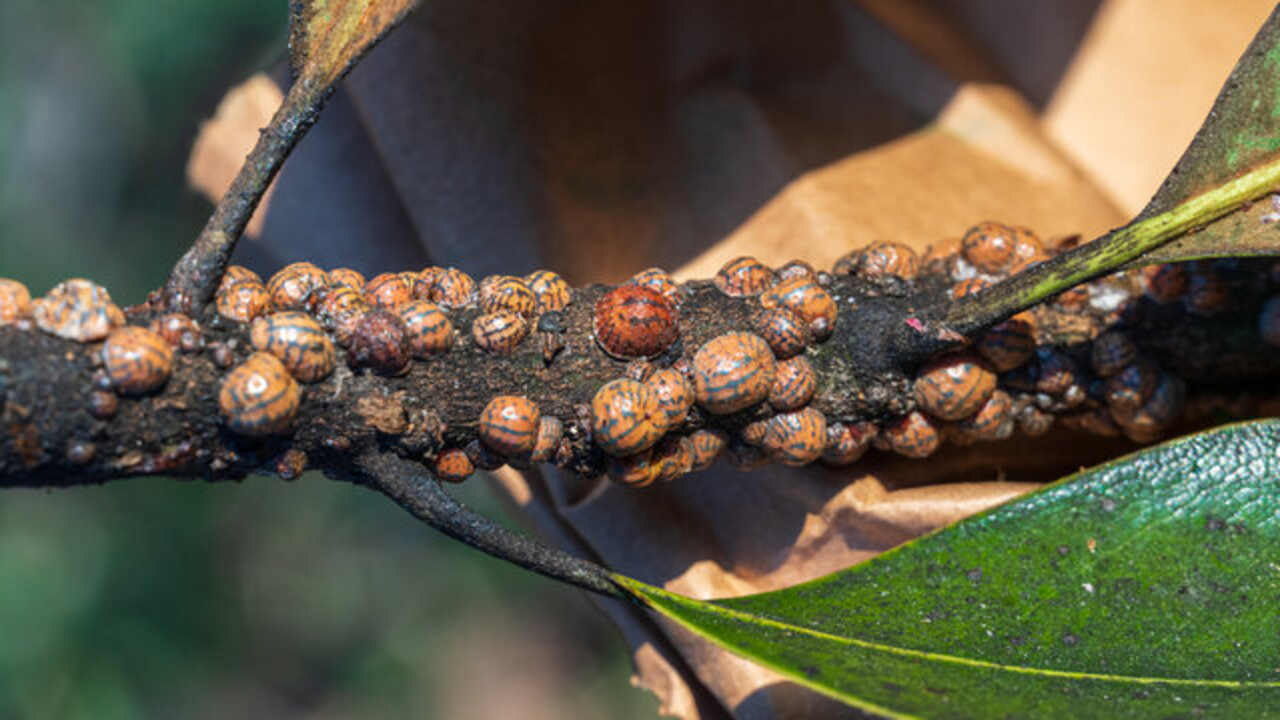
Introducing beneficial insects into your greenhouse can be a game-changer in controlling scale infestation. These natural predators, such as ladybugs and lacewings, feed on scale insects, effectively reducing their population and preventing further damage to your plants.
By incorporating these beneficial insects into your greenhouse ecosystem, you create a natural balance that allows your plants to thrive without the need for harmful chemical pesticides. Introducing beneficial insects is a safe and sustainable method of controlling scale infestation in your greenhouse.
Not only do they effectively prey on scale insects, but they also have no adverse effects on your plants, the environment, or human health. Unlike chemical pesticides, which can leave harmful residues and disrupt the natural ecosystem, beneficial insects provide a long-term solution that promotes the overall health and well-being of your greenhouse.
3.Neem Oil Spray

Neem oil, derived from the neem tree, is renowned for its pesticidal properties and has been used for centuries in traditional agricultural practices. Its active components act as insect growth regulators, disrupting the life cycle of scale insects and preventing their reproduction.
Additionally, neem oil has the added advantage of being environmentally friendly and safe for use around humans and beneficial insects. To effectively utilize neem oil spray for scale control in your greenhouse, it is essential to follow proper application techniques.
Firstly, ensure the oil is mixed thoroughly with water according to the manufacturer’s instructions. Then, using a handheld sprayer, evenly coat the affected plants, focusing on the undersides of leaves where scales often congregate. It is crucial to apply the spray during periods of low light intensity, such as early morning or late afternoon, to minimize any potential leaf burn.
4.Alcohol Solution
Scale, often caused by hard water deposits and mineral accumulation, not only affects the aesthetic appeal of the greenhouse but can also hinder the efficiency of equipment such as misting systems and irrigation lines. To effectively combat this issue, a tried and tested solution is the use of alcohol solution.
Alcohol, specifically isopropyl alcohol, is famous for its effectiveness in removing scale and mineral deposits. It acts as a solvent, breaking down the hard water minerals and dissolving the scale, making it easier to remove. To begin the process, dilute the isopropyl alcohol with water, using a ratio of one part alcohol to three parts water.
This ensures the solution is potent enough to tackle the scale while being safe. Next, apply the alcohol solution to the affected areas using a clean cloth or sponge. Gently scrub the surfaces, focusing on the areas with visible scale build-up.
5.Horticultural Oil
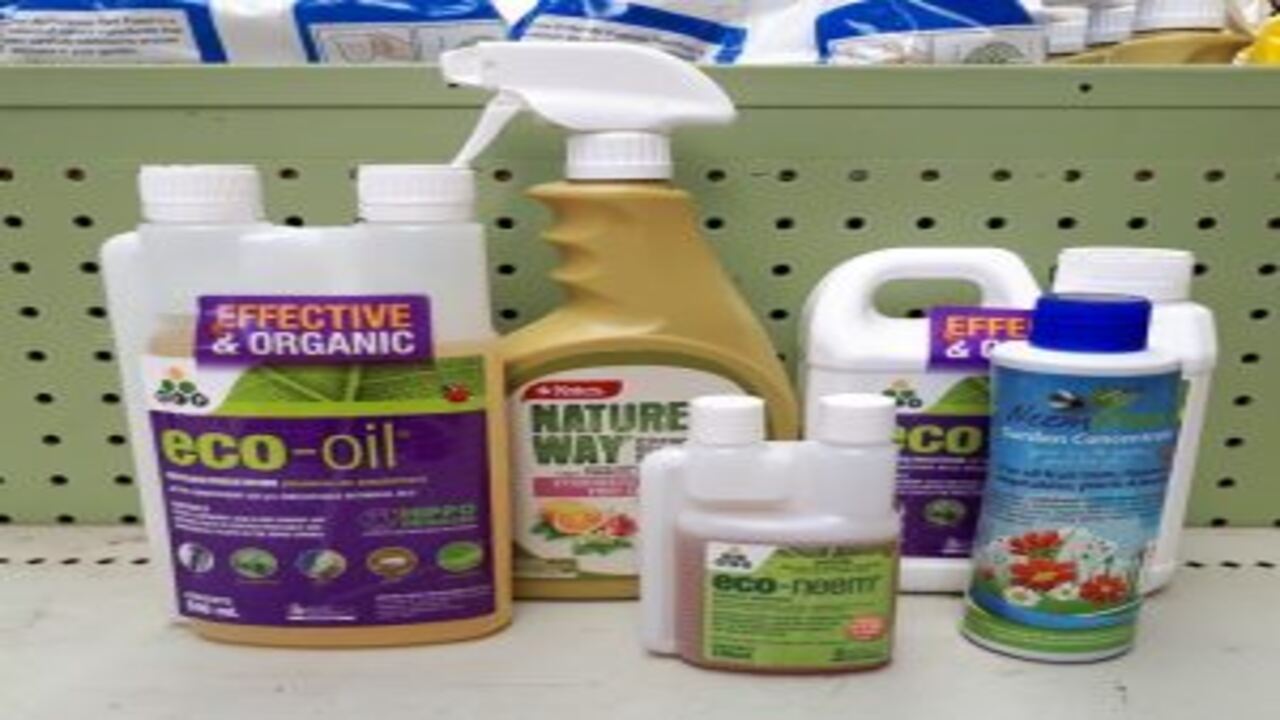
Regarding maintaining a healthy and thriving greenhouse, the presence of scale can be a persistent and troublesome issue. Fortunately, there is an effective solution at hand: horticultural oil. Horticultural oil, also known as dormant oil or summer oil, has proven to be a reliable method for eliminating scale infestations in greenhouse environments.
Before spraying, thoroughly inspect the plants to identify the areas affected by scale infestation. Once identified, apply a fine mist of horticultural oil, ensuring complete coverage of the affected areas, including the undersides of leaves and the crevices where scale insects tend to hide. The oil’s suffocating properties effectively smother the scale insects, preventing their further growth and reproduction.
6.Sticky Traps
The most common challenge that greenhouse owners face is dealing with scale insects. These pesky pests can wreak havoc on your plants, causing stunted growth, yellowing leaves, and even death if left unchecked. Sticky traps have been proven to be a highly efficient method of getting rid of scale in your greenhouse.
These traps have specific designs to attract and capture the scale insects, preventing them from further infesting your plants. The sticky surface of the traps acts as a strong adhesive, trapping the insects as they come into contact with it.
This not only helps reduce the population of scale insects. But also enables you to monitor the severity of the infestation. To effectively use sticky traps, it is crucial to strategically place them throughout your greenhouse. Identify areas where scale insects are commonly found, such as near plant stems, under leaves, and along the edges of benches.
7.Biological Control Agents
Biological control agents, such as beneficial insects and mites, offer a natural and environmentally friendly approach to combat scale in your greenhouse. These organisms serve as predators or parasites to the scale insects. Effectively reducing their population and preventing further damage to your plants.
By introducing these beneficial organisms into your greenhouse. You can establish a balanced ecosystem where the natural enemies of scale insects keep their numbers in check.
The advantages of utilizing biological control agents extend beyond their effectiveness. Unlike chemical pesticides, biological control agents do not harm human health or the environment. They do not leave potentially toxic residues on plants or soil. Making them a safe and sustainable option for greenhouse pest management.
How To Prevent Scale Infestations In A Greenhouse
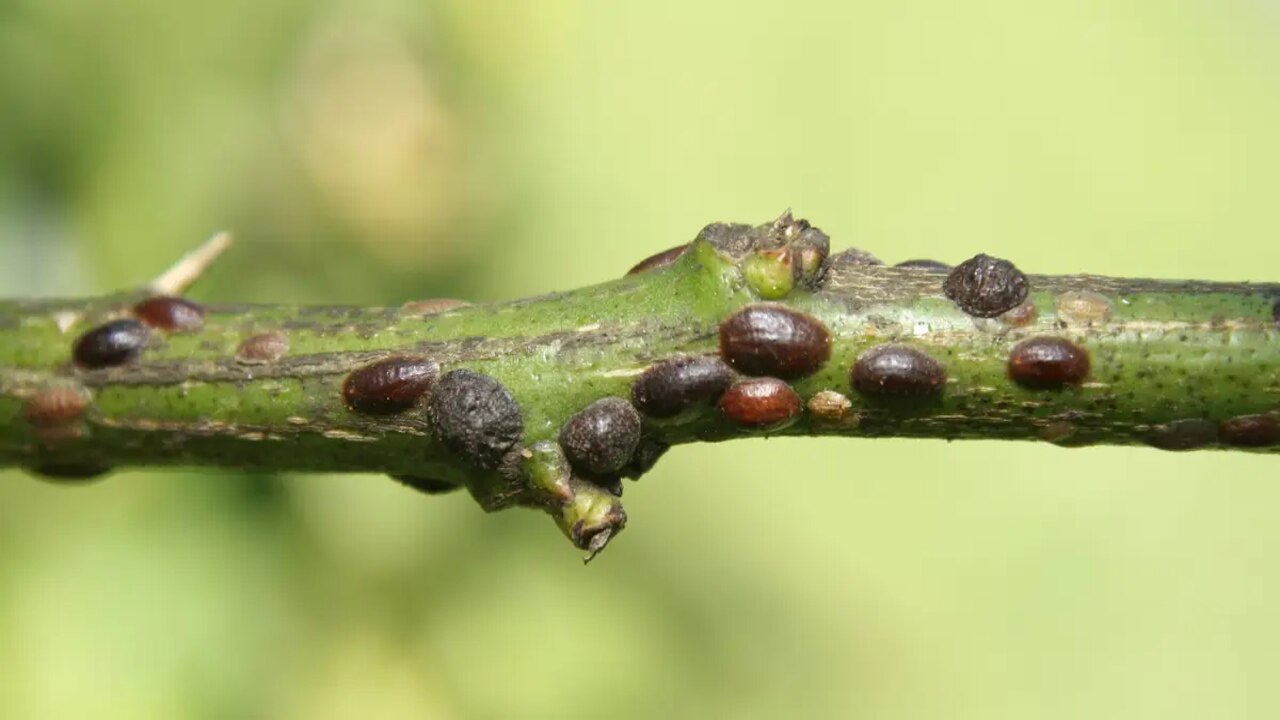
Knowing how to prevent scale infestations in a greenhouse is paramount for any greenhouse owner or operator. Scale insects are notorious pests that can wreak havoc on plants, causing stunted growth, yellowing leaves, and even death if left unchecked. Therefore, being equipped with knowledge and strategies to prevent scale infestations is crucial for maintaining a healthy and thriving greenhouse environment.
- Regularly inspect plants for signs of scale insects, such as small bumps or sticky residue on leaves and stems.
- Quarantine new plants before introducing them to the greenhouse to prevent bringing in scale-infested plants.
- Maintain proper hygiene in the greenhouse by cleaning tools, pots, and surfaces regularly to remove any potential sources of scale insects.
- Encourage natural predators, such as ladybugs and parasitic wasps, to control scale populations by providing suitable habitats and avoiding broad-spectrum insecticides.
- Use sticky traps or yellow cards to monitor and catch adult scales before they can reproduce and cause infestations.
- Prune and discard heavily infested plant parts to prevent the spread of scales to other plants.
- Apply horticultural oils or insecticidal soaps, following the product instructions, to control scale infestations. Repeat applications may be necessary.
- Maintain proper air circulation and reduce humidity in the greenhouse to discourage scale development and infestation.
Conclusion
It is important to know how to get rid of scale in your greenhouse. removing scale from your greenhouse can be a daunting task, but with the right techniques and regular maintenance, it can be effectively managed.
By identifying the type of scale and implementing proper control methods, you can maintain a healthy and thriving greenhouse environment. Remember to also regularly inspect and clean your plants, as well as maintain proper watering and fertilizing practices to prevent scale infestations. With diligence and patience, you can successfully eliminate scale and keep your greenhouse plants happy and healthy.
FAQs:
1.What Is Scale, And Why Is It A Problem In Greenhouses?
Ans: Scale is a common pest in greenhouses that infests plants, causing damage and hindering their growth. It sucks out sap and secretes a sticky substance, attracting ants and promoting the growth of fungi.
2.How Can I Identify Scale Infestation In My Greenhouse?
Ans: Look for tiny, immobile bumps or shells on the stems, leaves, and fruits of your plants. These bumps can be brown, black, or white, depending on the scale species. Sticky residue, yellowing leaves, and stunted growth are signs of an infestation.
3.What Are Some Natural Methods To Control Scale In A Greenhouse?
Ans: Introducing beneficial insects like ladybugs or lacewings can help control scale populations. Additionally, organic insecticidal soaps or horticultural oils can suffocate and kill the scale insects.
4.What Are Some Preventive Measures To Avoid Scale Infestation In The Greenhouse?
Ans: Some preventive measures to avoid scale infestation in the greenhouse include regularly inspecting plants for signs of infestation, practising good sanitation by removing any infested plant material, regularly cleaning and disinfecting greenhouse equipment,
5.What Are Effective Methods To Eliminate Scale In A Greenhouse?
Ans: To remove scales, you can try organic methods such as manually removing them with a soft brush or cotton swabs dipped in alcohol. Insecticidal soaps, neem oil, or horticultural oils can also be effective in

